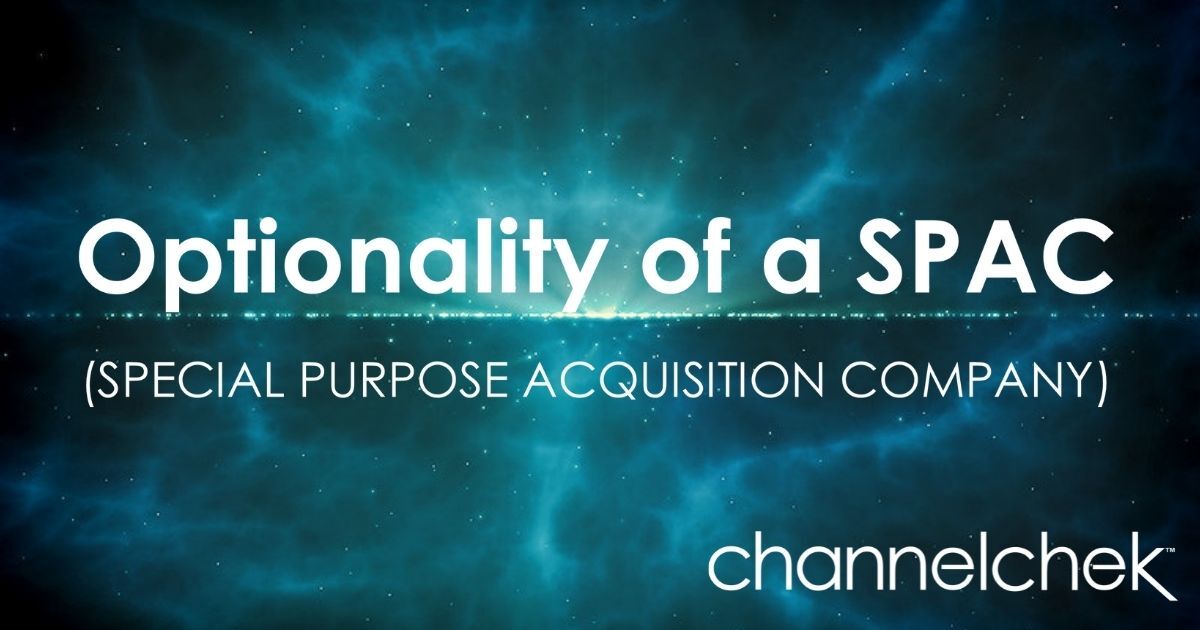Optionality – The Different Ownership Paths Before the De-SPAC Period
The journey for an investor in a SPAC IPO, or even those who purchased the SPAC in the secondary market, is filled with several potential avenues. One possibility is the SPAC itself may trade higher to the point where liquidating before a De-SPAC, or pro-rata distribution occurs, makes sense to the holder. Another scenario is the shareholder may sit with the position and find the SPAC sponsor discovered and successfully negotiated with a great target. They may then hold through the De-SPAC period and become an owner in the company. This is if they feel the merging company has a place in their portfolio. If the sponsor instead finds nothing after two years, holders get to collect their pro-rata share of the trust account, (which has been earning interest and paying expenses). They can then decide what other opportunity is best for their investible funds. SPAC investors also have the ability to opt-out of their shares if the target to be acquired is not to their liking; here again, they collect their pro-rata share of the escrowed cash, plus interest, less expenses.
Stock investors in publicly traded companies can buy or sell shares or purchase or sell puts or calls on their investments. Stock market investors that hold a SPAC possess optionality beyond this built into their original purchase. Optionality- The Different Ownership Paths
Before the De-SPAC Period is part of a series of ongoing educational pieces published by Channelchek on the subject. From this edition, you should expect to gain a better understanding of:
- How the trust account pro-rata share is split for a post-IPO public market investor
- Earnings on the trust account while investor money is tied up.
- Why SPAC risk is reduced by contractual shareholder options
- How the period of up to two years could act as a market hedge to your portfolio
Trust Account Disbursement
A SPAC is created by the sponsor who raises capital through an initial public offering (IPO) with the expectation of later merging with a private company, thus taking it public. Most agreements allow sponsors two years to execute. During this period, investors’ funds are held in an interest-bearing trust account similar to an escrow arrangement when buying a house. This third party holds the funds until the transaction is consummated (in the case of an initial business combination). In the case where the SPAC is liquidated for not having completed an initial business combination in time, the funds are returned to the investors plus interest net of expenses.
Trust Earnings
SPAC trusts generally invest the proceeds of the IPO in relatively safe, interest-bearing instruments, but this is something that should be reviewed in each offer before getting involved. There are no hard-fast rules, so each should be investigated carefully – review the specific terms of an offering as it relates to investing proceeds.
Should there be a business combination, a SPAC provides its investors with the opportunity to redeem their shares rather than become a shareholder of the combined company. If the SPAC does not complete a business combination, shareholders are beneficiaries of the trust and entitled to their pro-rata share of the aggregate amount then on deposit in the trust account.
This feature is why some view SPACs as a “Heads, I win – Tails
I don’t lose” investment. For investors that purchased their shares on the open market after the IPO, they are entitled to their share of the trust account using the same formula as those that got in at the initial price. If they purchased their shares at a discount to the IPO price, they may gain upon the liquidation or even opt-out of being in on the business combination, De-SPAC phase.
Undersized Risk
For everyone involved, the ideal scenario is that the SPAC merges with the perfect target, allowing the holders to prosper from having trusted the sponsor to steer this deal to a perfect fit. This could then cause investors to exceed market returns on their $10 per share SPAC investment. Under a less rosy scenario, the downside is minimal in that the investor can opt-out before any merger, or receive their disbursement if nothing was found. For investors that purchased their SPAC on the open market at a discount, they may receive over-sized returns from any disbursement.
Possible Hedge
During periods of market uncertainty or low SPAC popularity, there could be value for investors who are cautious and do not want a long-duration interest rate investment nor a big equity position. We never know where equities may be in one to two years. Investing in a SPAC could allow yields at or in excess to what they would receive for a similar term, while at the same time provide an investment that could pay off big if equity fears for the future turn out to be inaccurate.
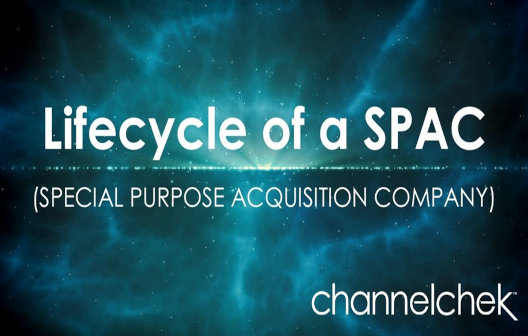
|
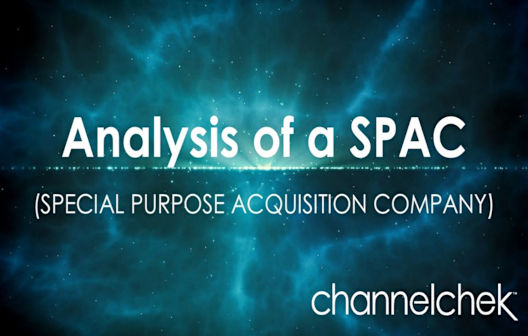
|
The Lifecycle of a SPAC
|
Analysis of a SPAC
|
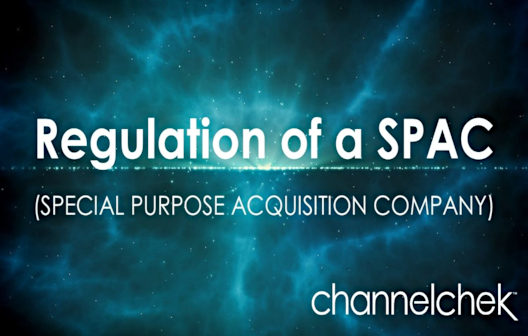
|
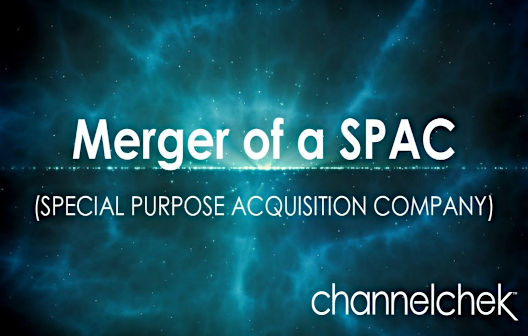
|
Regulation of a SPAC
|
Merger of a SPAC
|
Sources:
Stay up to date. Follow us:
 |
 |
 |
 |
 |
 |
Stay up to date. Follow us:
 |
 |
 |
 |
 |
 |
